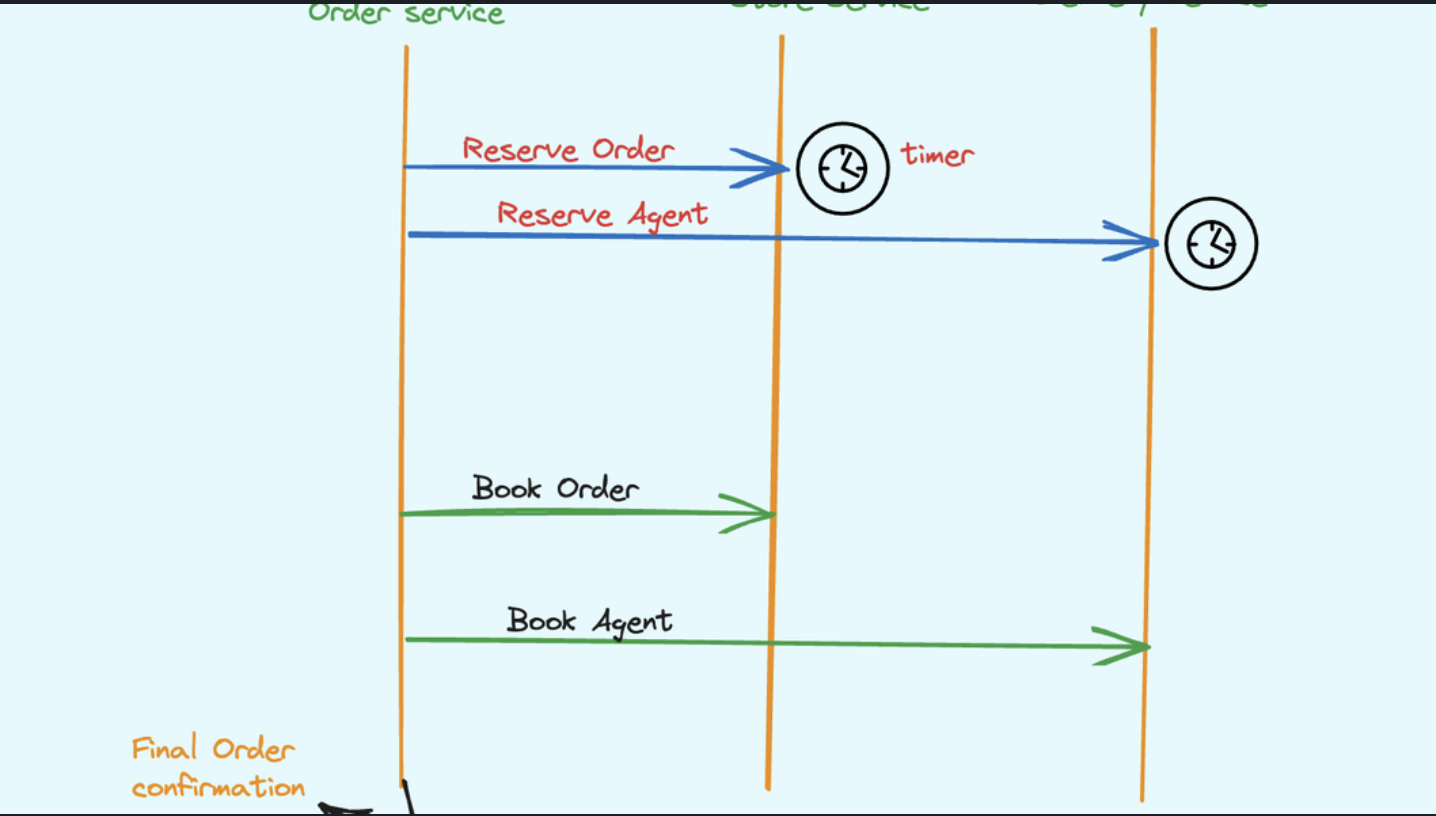In traditional computing, shared memory is a fundamental concept where multiple processes or threads can access and modify the same region of memory. This enables efficient communication and data sharing. However, in distributed systems, where components are physically separated, achieving a shared memory abstraction becomes a complex challenge.
Distributed Shared Memory (DSM)
To address this, Distributed Shared Memory (DSM) was introduced. DSM provides an illusion of a shared address space across multiple machines, even though the physical memory is distributed. This abstraction simplifies programming and allows applications to behave as if they were running on a single machine.
How DSM Works:
- Virtual Address Space: Each node in the distributed system has its own local memory. However, a virtual address space is shared among all nodes.
- Memory Management: The DSM system manages the mapping of virtual addresses to physical memory locations across different nodes.
- Consistency Protocols: To ensure data consistency, DSM systems employ various protocols. These protocols determine how data is replicated, cached, and updated across different nodes.
Key DSM Consistency Models:
- Strict Consistency: All reads and writes are seen by all processes in the same order. This is the strongest but most expensive consistency model.
- Sequential Consistency: The result of any execution is the same as if the operations of all the processors were executed in some sequential order, and the operations of each individual processor appear in this sequence in the order specified by its program.
- Relaxed Consistency: Provides more flexibility by allowing some degree of inconsistency. This can improve performance but requires careful consideration of application requirements.
Code Example:
While a complete DSM implementation is complex, we can illustrate the concept with a simplified Python example using a shared dictionary:
import multiprocessing
import time
def worker(shared_dict, index):
shared_dict[index] = index * 2
time.sleep(1)
print(f"Process {index} updated value: {shared_dict[index]}")
if __name__ == '__main__':
manager = multiprocessing.Manager()
shared_dict = manager.dict()
processes = []
for i in range(5):
p = multiprocessing.Process(target=worker, args=(shared_dict, i))
processes.append(p)
p.start()
for p in processes:
p.join()
print("Final shared dictionary:", shared_dict)
In above code, we create multiple processes that share a dictionary. Each process updates a value in the dictionary, simulating a shared memory operation. However, this is a simplified representation and doesn’t address the complexities of distributed systems, such as network latency, fault tolerance, and consistency guarantees.
Challenges and Considerations:
- Network Latency: Communication between nodes introduces latency, impacting performance.
- Fault Tolerance: DSM systems need to handle node failures and data loss.
- Consistency Guarantees: Choosing the appropriate consistency model is crucial for application correctness.
- Overhead: DSM systems incur overhead for managing shared memory and consistency protocols.
Conclusion
Shared memory state in distributed systems is a complex but essential concept. DSM provides a powerful abstraction for simplifying application development. However, careful consideration of consistency models, performance, and fault tolerance is essential for building reliable and efficient distributed systems.💡



